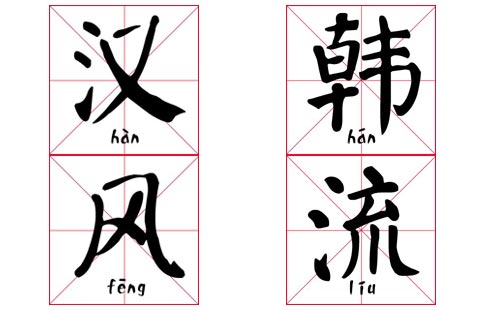Cultivating interest
By Mike Peters ( China Daily ) Updated: 2014-07-06 07:04:37
|
|
| Mother of all gardens |
|
|
| Tourists view Chinese roses in Beijing Botanical Garden |
"One of the species we were most interested in was the metasequoia, a giant evergreen tree," He says.
Chinese redwood or dawn redwood (Metasequoia glyptostroboides) was described as extinct and only found in fossilized form as late as 1941. But in 1944, professor Zhan Wang collected the species in Hubei province, climbing to the top of a temple roof to retrieve a fruiting branch.
Flash forward to 1982, when the US and Chinese scientists were roaming forests where the trees, up to 61 meters high, were far from any convenient temple roofs. Branches with new growth, not to mention the reproductive parts and seeds, were near the treetops.
The scientists looked heavenward in frustration - until somebody remembered the guns.
"Shooting the branches out of the trees was very efficient once we got the nerve to do it," He chuckles.
Today the retired professor often travels from Nanjing for consultations about plants that may offer new value as medicines, cosmetics and food.
The Italian cosmetics firm Indena, for example, is experimenting with ancient Chinese flora (ginko) and a hot new crop in the country (blueberries) for cosmetic and health-supplement products. Extracting the flavenoids of Ginko biloba is an extension of traditional Chinese medicine into the modern pharmacopeia, while aklaloid derivatives of the "happy tree" (Camptotheca acuminata) offer something modern - a potential cancer cure.
"There is so much promise in plants," He says.
"We must make sure that botanical gardens and the work done there are a benefit to human beings forever."
|
|
|
|
|
|
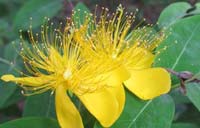
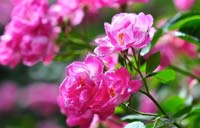





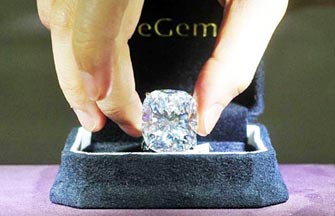











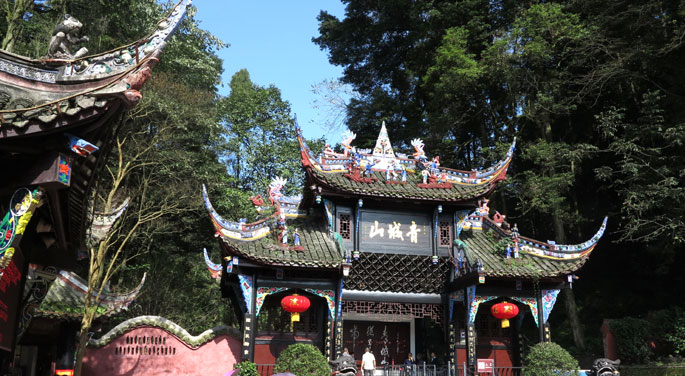






 Raymond Zhou:
Raymond Zhou: Pauline D Loh:
Pauline D Loh: Hot Pot
Hot Pot Eco China
Eco China China Dream
China Dream China Face
China Face




